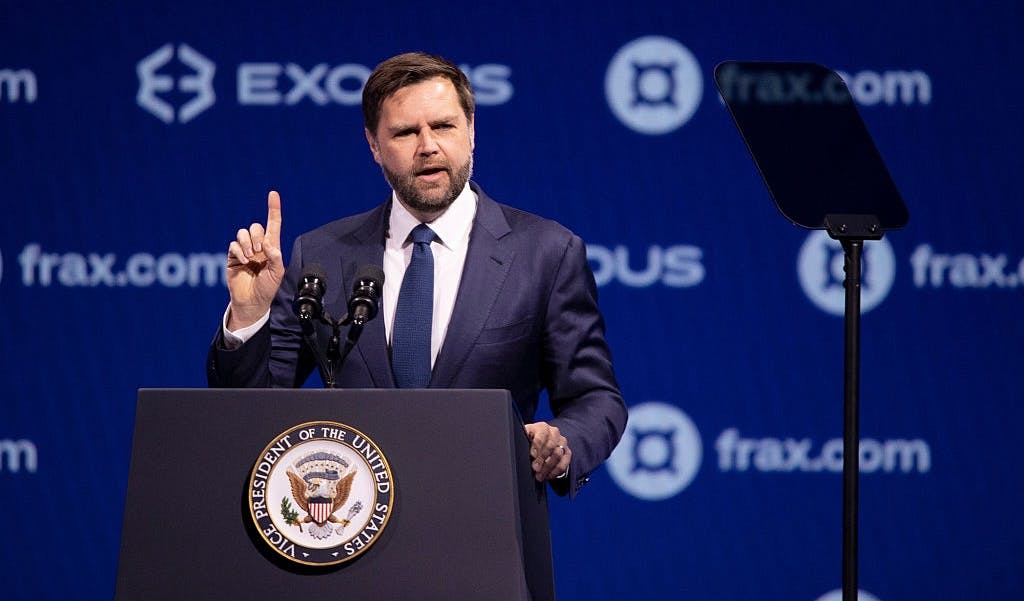Discovery of sophisticated 'narco tunnel' in highly visible border area raises questions about surveillance


United States federal agents on Thursday uncovered a sophisticated "narco tunnel" between El Paso, Texas, and Juarez, Mexico.
The tunnel was approximately four feet wide and six feet high, reinforced with wooden beams, and equipped with electricity and a ventilation system.
'Someone had to have noticed that.'
A map of the man-made tunnel shared by Border Report showed that it began next to a six-lane highway in Juarez and continued under a levee and the Rio Grande. The entrance, a three-foot-by-three-foot hole, was hidden behind a metal plate.
Authorities stated that the tunnel, which was discovered by Border Patrol's Confined Space Entry Team, appears to have been constructed within the past year and was used to smuggle drugs and people into the U.S.
Homeland Security Investigations El Paso Special Agent in Charge Jason Stevens stated, "Transnational criminal organizations mistakenly think they can avoid detection by moving people and contraband underground."
"This recent discovery is a significant blow to their operations, as it highlights our capability to disrupt their sophisticated smuggling networks," he said.
Border Patrol El Paso Sector Chief Patrol Agent Anthony Good attributed the discovery to regular probes around the border.
However, former Border Patrol Tucson Sector Chief Patrol Agent Victor Manjarrez questioned how the tunnel was built in a high-visibility area without being detected sooner. He noted that the structure could not have been built with "a pick and shovel" but must have been built with construction machines.
"I find it hard to believe someone on the Mexican side did not know of a tunnel. There are too many logistical things that have to occur. One is, you gotta bring the equipment in. You may have started with a pick and shovel or vertical drilling, but ultimately you have to bring in equipment," Manjarrez told Border Report. "You are bringing a tremendous amount of dirt, rocks, things of that nature. You gotta put that somewhere."
"I'm certain the cartel did not hook up to the meter so they could pay their monthly bill on that, so they hooked that up to somewhere else, and someone had to have noticed that. To say they did not notice, that they weren't aware of that at this point, is not believable," he stated.
Manjarrez speculated that the tunnel was likely used to smuggle drugs or "high value" foreign nationals.
"It would make more sense it was being used to bring people from China, from Southeast Asia, or Europe that can pay $25,000 to $30,000 to be smuggled to the United States. If you go for volume, it becomes a risk because someone could talk. This isn't for the economic migrant you normally see here," he said. "Also, people coming from special interest areas. They may not be on the list itself but come from a terrorist region. Those are the ones more invested in not being detected."
Like Blaze News? Bypass the censors, sign up for our newsletters, and get stories like this direct to your inbox. Sign up here!
Originally Published at Daily Wire, Daily Signal, or The Blaze
What's Your Reaction?
 Like
0
Like
0
 Dislike
0
Dislike
0
 Love
0
Love
0
 Funny
0
Funny
0
 Angry
0
Angry
0
 Sad
0
Sad
0
 Wow
0
Wow
0











































































